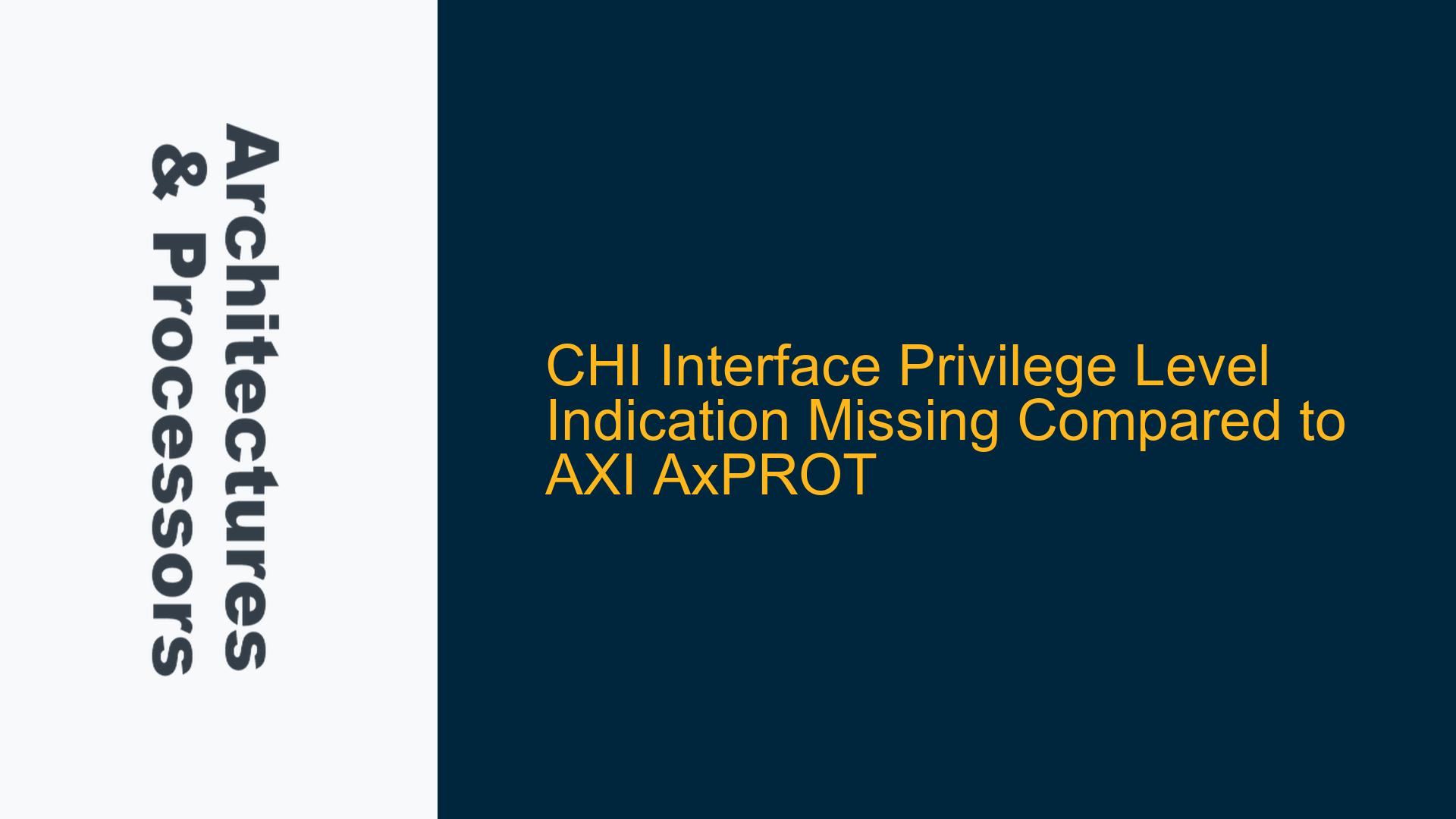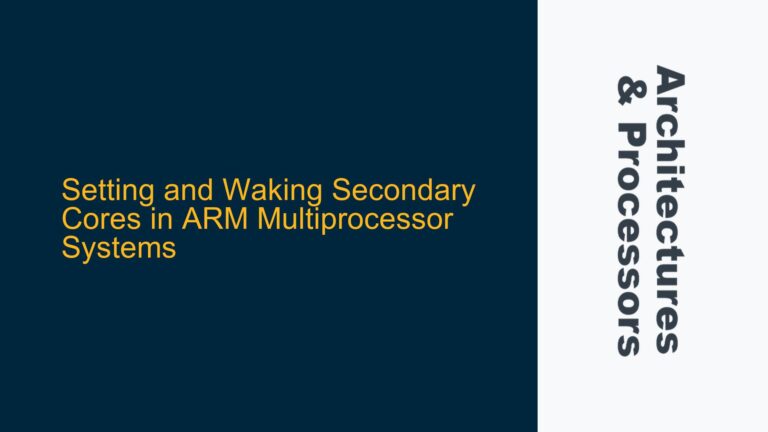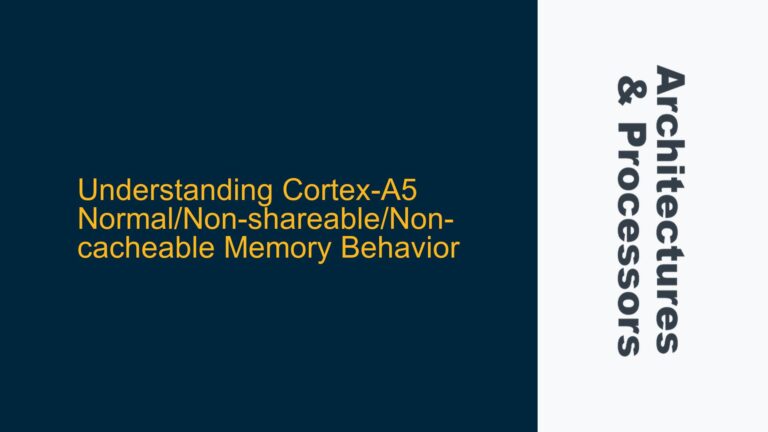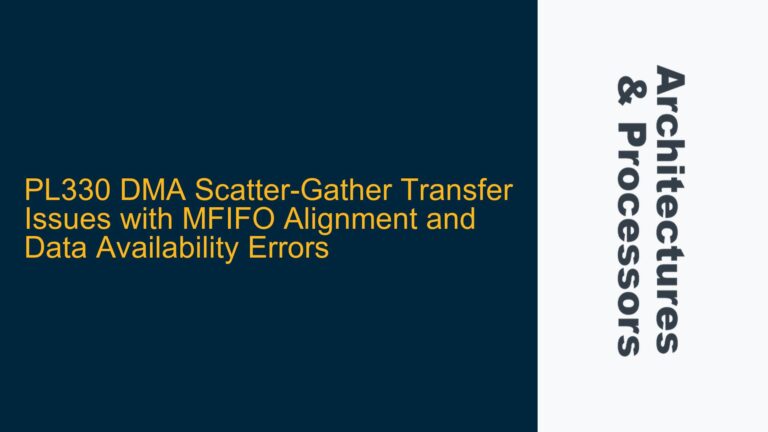CHI Interface Lacks Explicit Privilege Level Indication in TX Request Flit
The CHI (Coherent Hub Interface) protocol, developed by ARM, is a high-performance, scalable, and coherent interconnect designed for modern SoCs. Unlike the AXI (Advanced eXtensible Interface) protocol, which includes explicit AxPROT bits to indicate privilege levels (privileged vs. non-privileged access), CHI does not provide a direct equivalent for privilege level indication in its transaction flits. This omission can lead to challenges in systems where privilege level differentiation is critical for security, access control, or debugging purposes.
In AXI, the AxPROT[1] bit explicitly indicates whether a transaction is privileged (AxPROT[1] = 1) or non-privileged (AxPROT[1] = 0). This information is vital for systems implementing memory protection units (MPUs) or hypervisors, where privileged and non-privileged accesses must be differentiated to enforce security policies. However, CHI abstracts away this detail, focusing instead on coherence, performance, and scalability. This abstraction simplifies the protocol but shifts the burden of privilege level management to the system architect or software.
The absence of a privilege level indicator in CHI transactions can complicate system design, particularly in heterogeneous systems where multiple privilege levels (e.g., secure, non-secure, hypervisor, and user modes) coexist. Without explicit signaling, the system must rely on alternative mechanisms to infer or enforce privilege levels, which can introduce inefficiencies or vulnerabilities.
CHI Protocol Abstraction and Privilege Level Management Implications
The CHI protocol’s lack of a privilege level indicator stems from its design philosophy, which prioritizes coherence and scalability over low-level control signals. Unlike AXI, which is a point-to-point protocol, CHI operates in a distributed, coherent system where transactions are routed through multiple nodes (e.g., request nodes, home nodes, and slave nodes). In such a system, privilege level information is often implicit or managed at a higher level of abstraction.
One possible reason for this omission is that CHI assumes privilege level management is handled by the system’s software or hardware layers outside the interconnect. For example, a system might use a combination of MPUs, hypervisors, or secure world software to enforce privilege levels. In this case, the interconnect does not need to carry explicit privilege level information, as the system’s security architecture ensures that only authorized transactions are issued.
However, this assumption may not hold true for all systems. In some cases, the interconnect itself may need to enforce privilege levels, particularly in systems with complex security requirements or multiple operating environments. For example, a system with both secure and non-secure worlds might require the interconnect to differentiate between transactions originating from different privilege levels to prevent unauthorized access to secure resources.
Another consideration is the impact on debugging and traceability. In AXI-based systems, the AxPROT bits provide valuable information for debugging, as they allow engineers to trace the privilege level of each transaction. In CHI-based systems, the lack of explicit privilege level information can make it more difficult to diagnose issues related to privilege escalation or unauthorized access.
Implementing Privilege Level Management in CHI-Based Systems
To address the lack of explicit privilege level indication in CHI, system architects can adopt several strategies, depending on the system’s requirements and constraints. These strategies range from software-based solutions to hardware modifications, each with its own trade-offs.
One approach is to rely on software to manage privilege levels. In this scenario, the system’s operating system or hypervisor ensures that only authorized transactions are issued to the interconnect. For example, a hypervisor might use virtual memory management to enforce privilege levels, ensuring that non-privileged software cannot access privileged resources. This approach leverages existing software mechanisms but requires careful design to avoid performance bottlenecks or security vulnerabilities.
Another approach is to augment the CHI protocol with additional signals or metadata to convey privilege level information. For example, a system might extend the CHI transaction flit to include a privilege level indicator, similar to AXI’s AxPROT[1] bit. This extension would require modifications to the CHI protocol and the interconnect fabric, but it would provide explicit privilege level information for systems that require it.
A third approach is to use hardware mechanisms outside the interconnect to enforce privilege levels. For example, a system might include an MPU or memory management unit (MMU) that intercepts transactions and enforces privilege levels based on the transaction’s origin. This approach offloads privilege level management from the interconnect but adds complexity to the system’s hardware design.
In addition to these strategies, system architects should consider the impact of privilege level management on system performance and scalability. For example, adding privilege level indicators to CHI transactions might increase the size of the transaction flit, potentially impacting bandwidth and latency. Similarly, relying on software to manage privilege levels might introduce overhead that affects system performance.
To mitigate these challenges, system architects should carefully analyze their system’s requirements and constraints, balancing the need for privilege level management with the desire for high performance and scalability. This analysis might involve trade-offs between hardware and software solutions, as well as careful consideration of the system’s security architecture.
In conclusion, while the CHI protocol does not provide an explicit privilege level indicator like AXI’s AxPROT[1] bit, system architects can implement privilege level management using a combination of software and hardware mechanisms. By carefully analyzing their system’s requirements and constraints, architects can design a solution that meets their needs without compromising performance or scalability.






